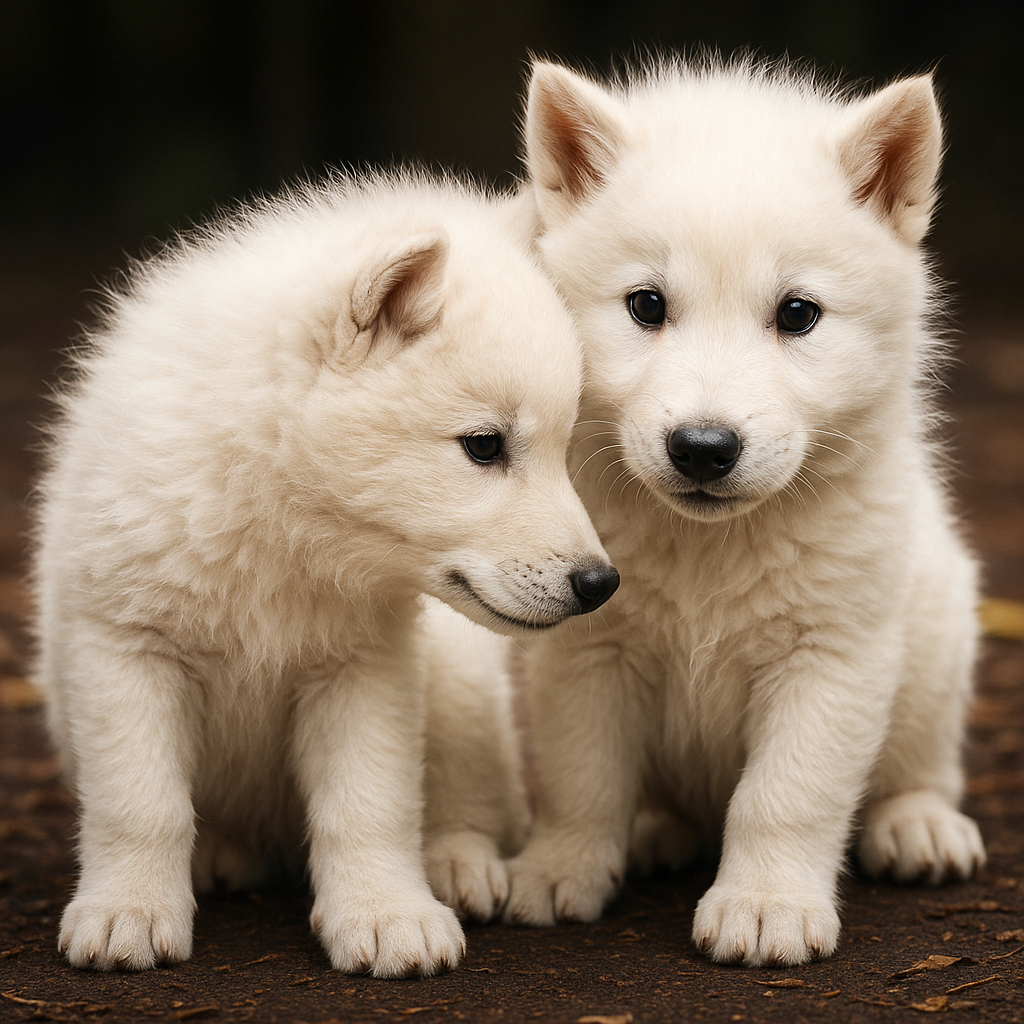The Animal Dire Wolf Are Back After 13,000 Years.

The Animal Dire Wolf Is Back After 13,000 Years – A Prehistoric Comeback
The dire wolf, a legendary predator from the Ice Age, is making headlines once again. Thought to have gone extinct over 13,000 years ago, new scientific discoveries are sparking excitement across the world. Could this ancient beast be making a comeback?
Famous for its massive size and powerful build, the dire wolf (Canis dirus) once roamed North and South America. Larger and more robust than today’s gray wolves, dire wolves were apex predators that hunted megafauna like bison and giant sloths. But when the Ice Age ended and their prey vanished, so did they—until now.
Recent genetic research has revealed fascinating information. While true dire wolves are extinct, scientists have uncovered significant DNA from ancient remains that could one day be used in efforts to resurrect the species through cloning or genetic engineering. This groundbreaking possibility has captured the imagination of researchers and wildlife enthusiasts alike.
Even more intriguing, some wild canines in parts of North America show genetic similarities to dire wolves. Hybrid species with wolf, coyote, and possibly dire wolf ancestry are being studied to understand the past—and perhaps shape the future. These findings open the door to de-extinction science, a field dedicated to reviving lost species.
However, experts urge caution. Bringing back a species after thousands of years would pose major ecological, ethical, and environmental questions. Would dire wolves adapt to today’s ecosystems? How would they coexist with humans and current wildlife? These are challenges researchers must consider carefully.
Regardless of the outcome, the return of the dire wolf—whether through genetics, hybrids, or scientific recreation—represents a thrilling chapter in our understanding of evolution, extinction, and the boundaries of modern science.
For now, the dire wolf remains a powerful symbol of nature’s resilience and our ongoing quest to explore the ancient past. As research continues, the dream of seeing this Ice Age predator roam again feels closer than ever.











